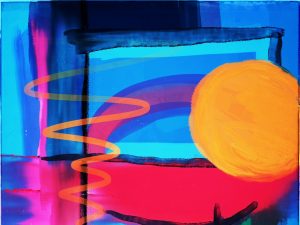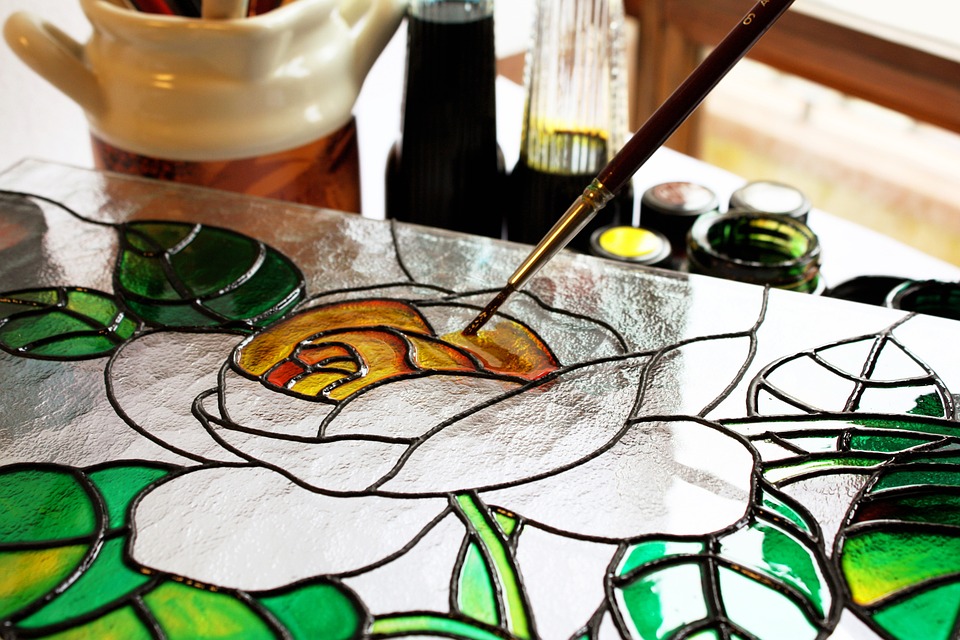
This is to highlight major curricular and pedagogical shifts that occurred in the visual art education classroom in American schools and provide a brief explanation of the contexts in which these changes occurred.
Components that are required
Each discipline, art history, art making, art criticism, and aesthetics, must be studied because they all contribute to and are required for a solid understanding of visual art. Each of the four disciplines listed above allows students to interpret works of art from four distinct perspectives. They were chosen because they are the disciplines in which art professionals work.
History of Art
From a DBAE standpoint and in accordance with certain state standards, any visual art classroom should include an art historical component. In comparison to actual art making, the discipline of art history is a more recent development. To understand why a particular art style developed and why works in that style look the way they do, students must look to the social history of that time period for insight.
Criticism of Art
Art criticism affords students the opportunity to describe, interpret, analyze, and ultimately judge a work of art “for the purpose of increasing understanding and appreciation of art and its role in society, as well as for many other purposes.” Students who participate in art criticism hope to become more critical of their own work as well as the work of others. Students identify information such as the title of the work, the artist’s name, the date the work was created, the medium, and the size when describing a work of art. Similarly, students describe basic aspects of the work, such as the color palette, textures, and specific objects within the work.
Making Art
Beautiful works, some of which we now call art, have been created throughout history in almost all cultures and for a wide range of reasons, some of which may never be realized. Cave art from the Paleolithic periods, for example, adorns the limestone walls of Spain and France. These works, which depict horses, boars, bears, and bison (to name a few), were created with various earth toned, natural pigments, and primitive tools, emphasizing the most distinguishing characteristics of the animals, people, or any other represented object. Some of the surviving cave paintings appear to tell stories through visual representations, such as hunters on the prowl for wild game.


